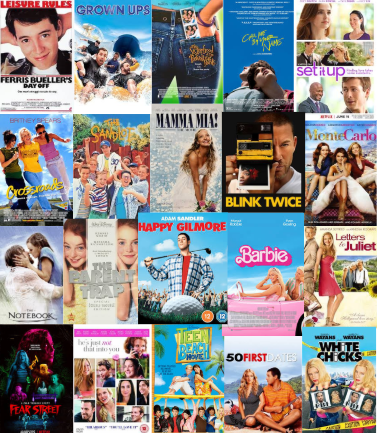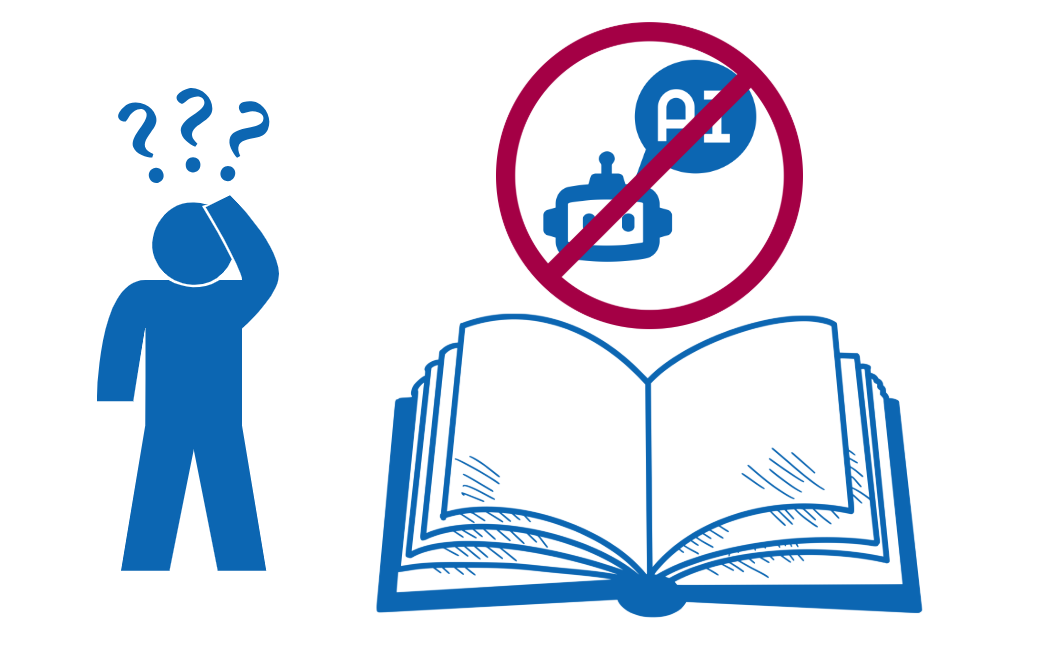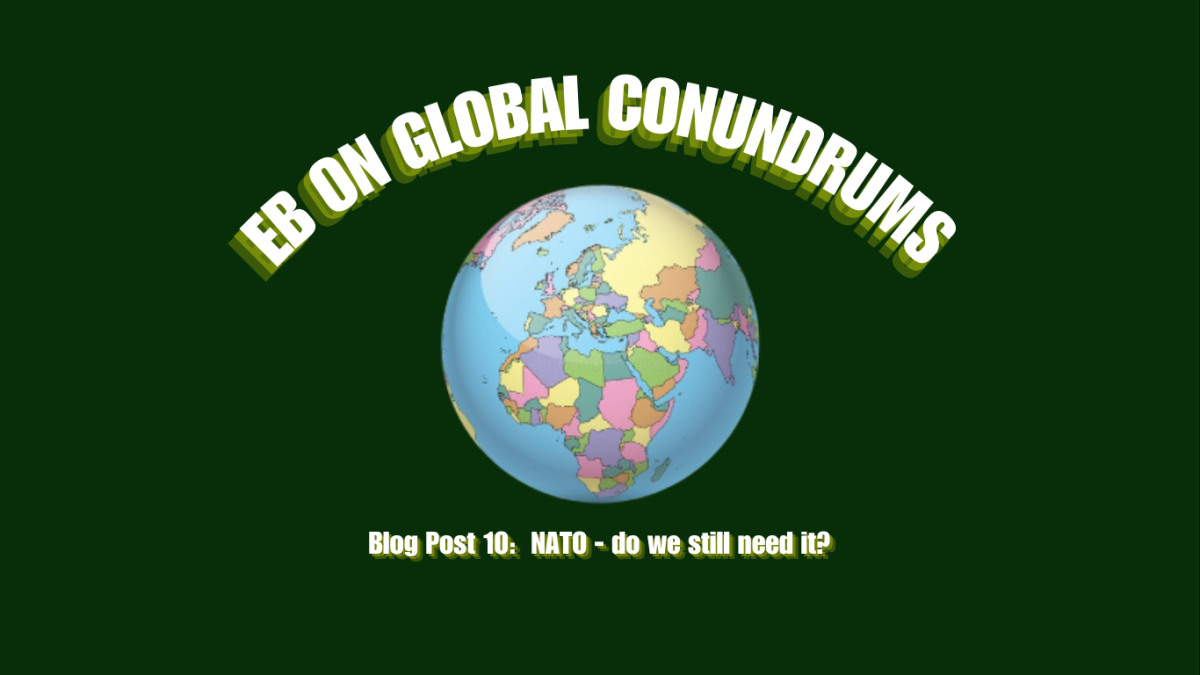Public humiliation has historically been an effective motivator, even more so with the constant, blinding access of social media. This force allows us to provoke and receive more immediate, blunt and expansive disagreement or disapproval.
The name for this comes in many forms — rumors, defamation, smear campaigns, censorship, but we’ve seemed to land on a new title: cancel culture. Cancel culture, a phrase that found purchase on social media after being referenced in television, is widely considered a form of public shaming.
It usually goes something like this. Someone of relevance, or general recognizability, goes onto an online platform and posts/speaks on some controversial topic. This is followed by support from their followers or some nasty comments in the comment section, but other times, it can result in a salty opinion gone viral, and throw the entire internet behind shaming this one person. Sometimes this results in a quickly filmed apology, some remorse, or the complete obliteration of this person’s brand, or even themselves.
When it comes down to it, cancel culture is public shaming at its most technological, modern form of humiliation. It’s proof we always seem to find a way to humiliate people with every new innovation. It’s the act of intense focus on a mistake, major or small, of an individual, and how it blows up spectacularly into something life-altering for the targeted person.
So the question is, is this ostracization actually beneficial, or does it create more injury than good?
In a 2020 study by the Pew Research Center, it was found that the term “cancel culture” was most known by adults under the age of 30, with 64% supporting the statistic. Men are more likely than women to be familiar with it, and those with a bachelor’s degree are more familiar with it than those with lower levels of education.
The precise definition, usefulness and fairness of cancel culture is heavily debated. In the same study, the proportion of people who describe it as a way to hold people accountable is 49%, with 14% saying it is a form of censorship. 12% calls cancel culture an attack and conclude that it causes harm.
More than half the U.S. claims that calling out others on social media is more likely to hold people accountable, while 38% say it punishes people who don’t deserve it.
A prime example of the effects of cancel culture, the #MeToo movement raged over social media and filled news screens with newfound accusations and alleged sexual assault cases. The aim was to call out powerful individuals (majority of which were men), and show how that can lead to justice or a shift in public opinion.
Examples include Harvey Weistein’s many cases of sexual assault and Andrew Cuomo’s harassment of his employees. In the end, Weistein was arrested and Cuomo resigned from his position as governor of New York. It was all born from the women who were brave enough to step forward and speak about their horrendous experiences.
While anyone can become a victim of social media, celebrities and public figures are the most targeted. Their appearance and opinions are largely exposed to social media and the public overall, giving the internet lots of opportunities for disagreement and harassment.
So does cancel culture actually work? Indeed it does. It rids the space of toxic opinions, especially when racism, sexism, and homophobia are involved.
Cancel culture is mostly about combating negative behavior and abuse of power, not bullying.








